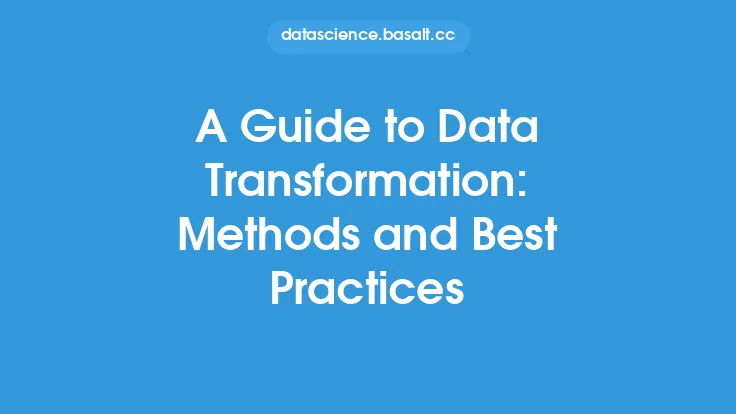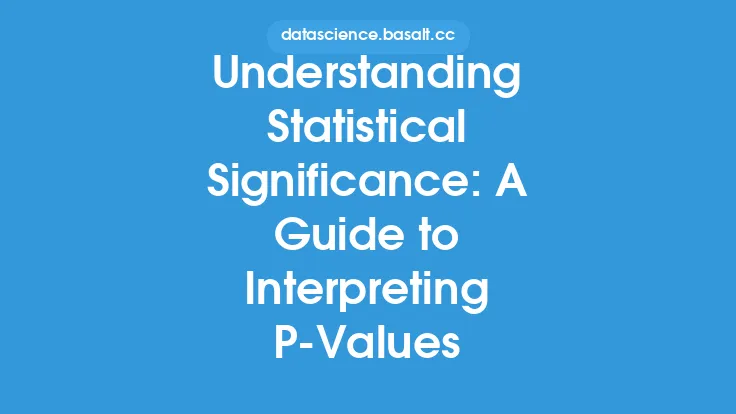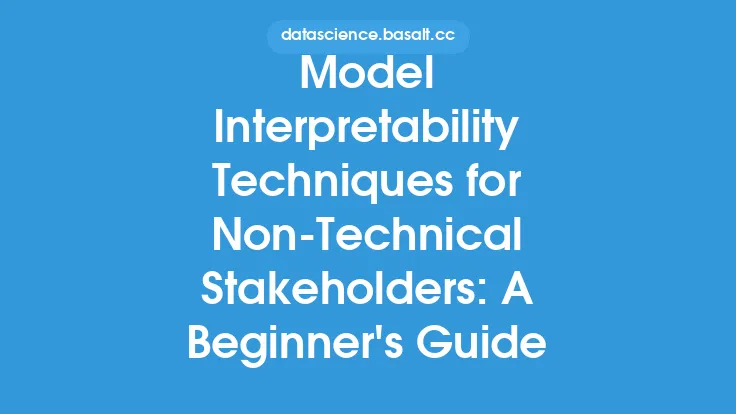In the realm of hypothesis testing, two fundamental concepts play a crucial role in determining the accuracy and reliability of statistical conclusions: Type I and Type II errors. These errors are inherent to the hypothesis testing process and can have significant implications for the interpretation of results. In this article, we will delve into the world of Type I and Type II errors, exploring their definitions, causes, consequences, and strategies for mitigation.
Introduction to Type I Errors
A Type I error occurs when a true null hypothesis is rejected in favor of an alternative hypothesis. This error is also known as a "false positive" and is often denoted by the symbol α (alpha). The probability of committing a Type I error is typically set at a certain level, usually 0.05, which means that there is a 5% chance of rejecting a true null hypothesis. Type I errors can have serious consequences, as they can lead to incorrect conclusions and decisions. For instance, in medical research, a Type I error could result in the adoption of an ineffective treatment, while in business, it could lead to the implementation of a costly and unnecessary strategy.
Introduction to Type II Errors
On the other hand, a Type II error occurs when a false null hypothesis is failed to be rejected in favor of an alternative hypothesis. This error is also known as a "false negative" and is often denoted by the symbol β (beta). The probability of committing a Type II error is typically represented as 1 - β, where β is the power of the test. Type II errors can also have significant consequences, as they can lead to missed opportunities and incorrect assumptions. For example, in quality control, a Type II error could result in the failure to detect a defect, while in social sciences, it could lead to the overlooking of a significant relationship between variables.
Causes of Type I and Type II Errors
Several factors can contribute to the occurrence of Type I and Type II errors. One of the primary causes is the sampling error, which arises from the fact that samples are often smaller than the population. This can lead to inaccurate estimates and increased variability, making it more likely to commit a Type I or Type II error. Another cause is the measurement error, which can result from flaws in the data collection process or instrument. Additionally, the choice of statistical test and the level of significance can also impact the likelihood of committing a Type I or Type II error.
Consequences of Type I and Type II Errors
The consequences of Type I and Type II errors can be far-reaching and significant. In many fields, such as medicine and engineering, the consequences of a Type I error can be catastrophic, resulting in harm to individuals or damage to property. On the other hand, Type II errors can lead to missed opportunities, wasted resources, and incorrect assumptions. In business, a Type II error could result in the failure to detect a market trend, while in environmental science, it could lead to the overlooking of a significant environmental hazard.
Strategies for Mitigating Type I and Type II Errors
To minimize the risk of committing Type I and Type II errors, several strategies can be employed. One approach is to increase the sample size, which can reduce the sampling error and increase the power of the test. Another strategy is to use more robust statistical tests, such as non-parametric tests, which can be less sensitive to outliers and non-normality. Additionally, the use of techniques such as data transformation and outlier detection can help to reduce the impact of measurement errors. Furthermore, the application of Bayesian methods, which incorporate prior knowledge and uncertainty, can provide a more nuanced and accurate approach to hypothesis testing.
The Relationship Between Type I and Type II Errors
There is a fundamental trade-off between Type I and Type II errors, known as the "error trade-off." As the probability of committing a Type I error (α) decreases, the probability of committing a Type II error (β) increases, and vice versa. This trade-off is a result of the fact that decreasing the probability of one type of error often requires increasing the probability of the other. For instance, decreasing the significance level (α) can reduce the risk of a Type I error but increase the risk of a Type II error. This trade-off highlights the importance of carefully considering the consequences of each type of error and selecting an appropriate balance between them.
The Role of Power and Sample Size
The power of a test, which is the probability of correctly rejecting a false null hypothesis, plays a critical role in mitigating Type II errors. Increasing the sample size can increase the power of the test, making it more likely to detect a significant effect. However, increasing the sample size can also increase the cost and complexity of the study. Therefore, it is essential to carefully consider the trade-off between power, sample size, and cost when designing a study. Additionally, techniques such as power analysis can help to determine the required sample size to achieve a desired level of power.
Conclusion
In conclusion, Type I and Type II errors are fundamental concepts in hypothesis testing, and understanding their causes, consequences, and mitigation strategies is essential for accurate and reliable statistical conclusions. By recognizing the trade-off between these errors and carefully considering the consequences of each, researchers and practitioners can design studies and interpret results in a way that minimizes the risk of error and maximizes the accuracy of their findings. Ultimately, a deep understanding of Type I and Type II errors is crucial for making informed decisions and advancing knowledge in various fields.





